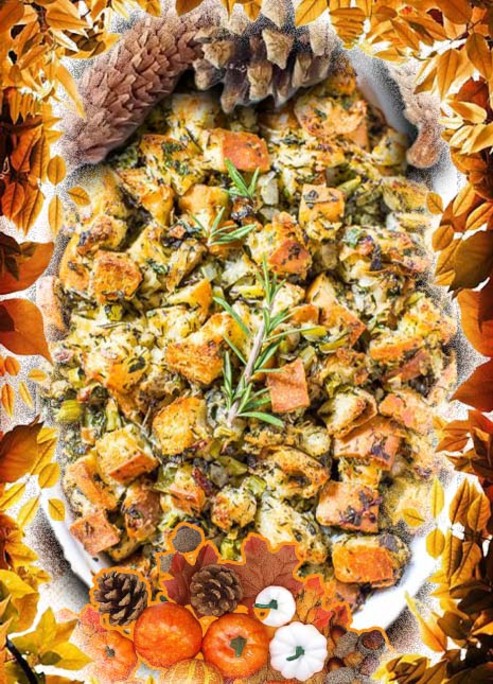
5 Traditional Asian Herbs You Should Consider Growing in Your Garden
Flavors that are so distinct and memorable.
Asia is a continent that’s renowned for its incredible herbs and spices, and there are some examples which are well suited to growing in your own home so that you have them fresh and ready for use in everyday cooking.
Here are just a few of the top herbs to consider nurturing yourself, to give you access to those traditional Asian flavors that are so distinct and memorable.
Jasmine
Delicious in herbal teas, especially when combined with other floral and citrus flavors, jasmine is a flowering plant which could not be more closely associated with the culture and history of Asia.
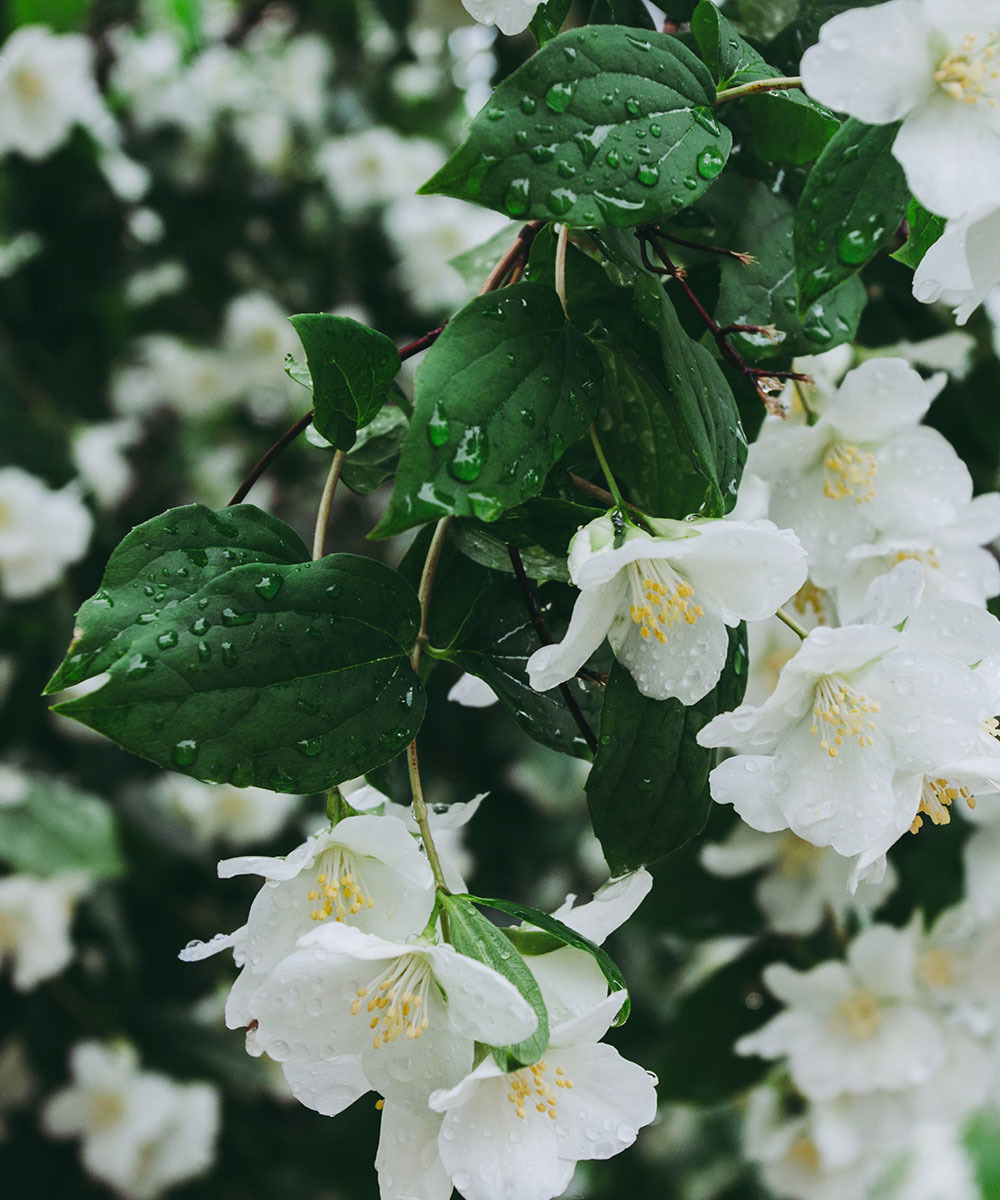
As these are climbers, they will need a supporting structure to be trained against. They also prefer places with plenty of sunshine and warmth, as well as a decent amount of shelter from the wind.
Of course if you don’t have the right type of garden for them you can always Buy Jasmine Flower cuttings and store them dried for later use instead.
Mint
While jasmine is not that straightforward to grow unless you give it lots of care and attention, mint is far easier, and makes an excellent low maintenance addition to your garden.

It needs a decent amount of moisture to reach its full potential, and mint is generally fast-growing in the right circumstances. With an unmistakable scent and taste, mint works just as well in savory dishes as it does in sweet ones.
If you don’t have the space for it in your garden, mint plants can also thrive indoors, so long as you put the container holding them on a sunny windowsill, and water it regularly.
Lemongrass
Best known for its use in Chinese cuisine, lemongrass has a citrus tang that can infuse all sorts of dishes, or turned into a tea in its own right.
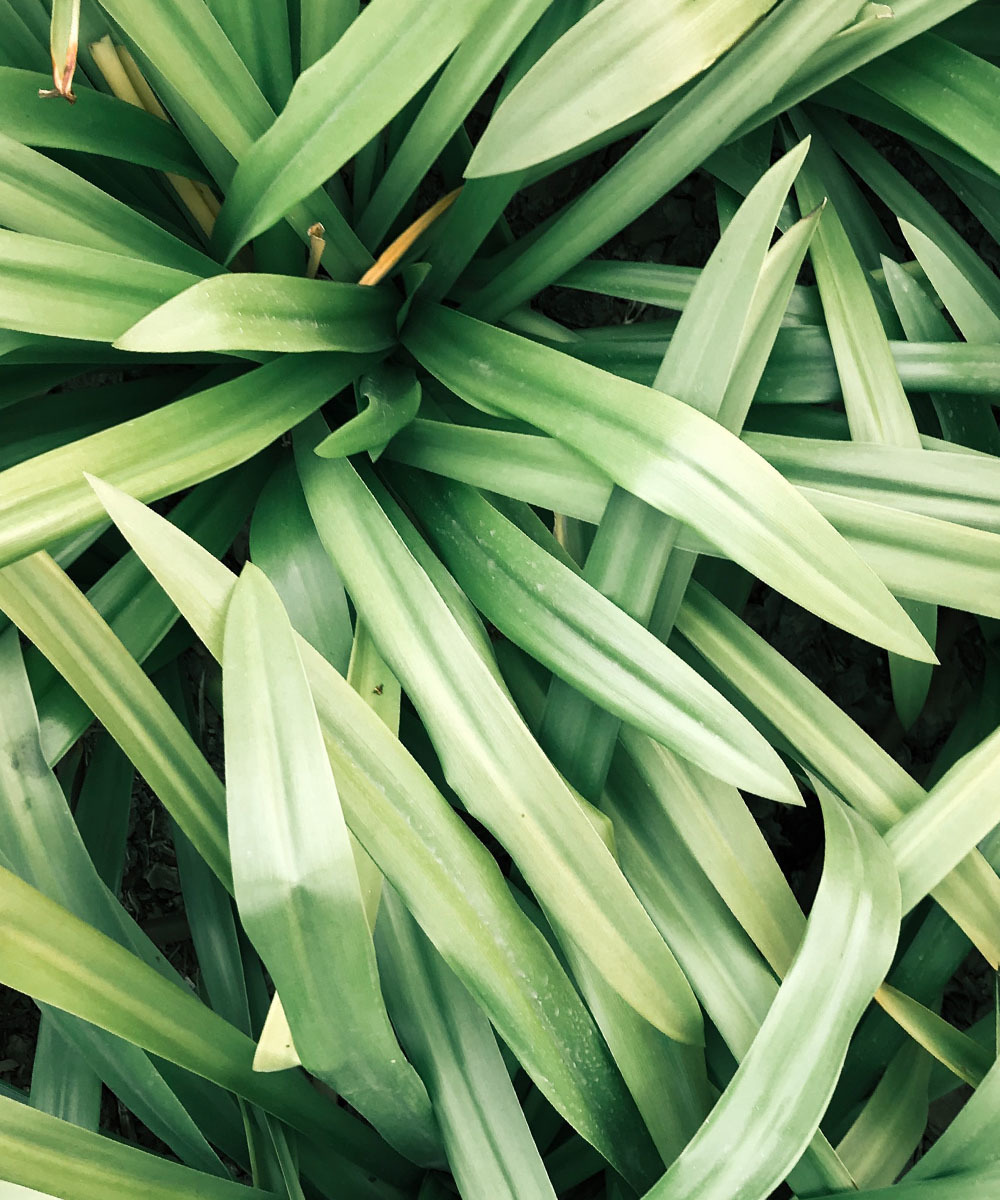
You can kick-start the growth of a bulb of lemongrass by leaving it in a glass of water until roots begin to sprout from the bottom, after which point you can transfer it to a pot and place it outdoors wherever is the sunniest patch in your garden.
Be warned that lemongrass grows to quite the height, and you can trim off the top and use it in your cooking without compromising the rest of the plant, giving you a perpetual source of flavor on tap.
Coriander
There’s no doubting that coriander, otherwise known as cilantro, is a bit of a divisive herb. While some people love it, others loath it, so only think about growing it if you fall into the former camp.
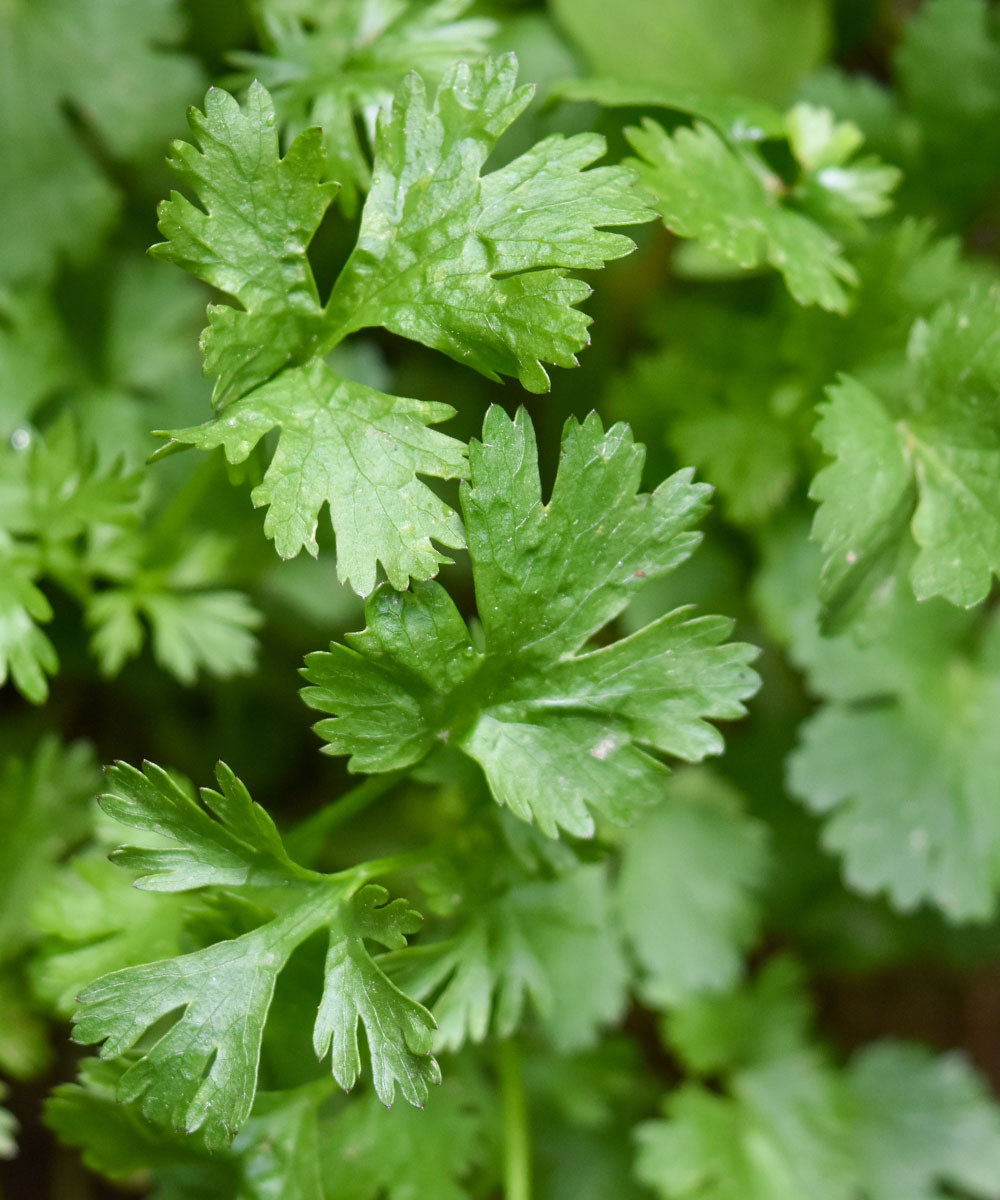
To grow it, you’ll need a temperate climate and a bit of luck, so if your garden goes through extreme swings in temperature throughout the year, it might not survive. That said, when planted in a bed that offers a decent amount of insulation, and provides access to regular sunlight throughout the day, it can come into its own.
Ginger
Ginger is an ingredient used in foods from across Asia, and is also a big hit in all sorts of beverages as well. The root is the main part of the plant which gets used, but the stems are also harvestable if you want that hot and spicy kick.
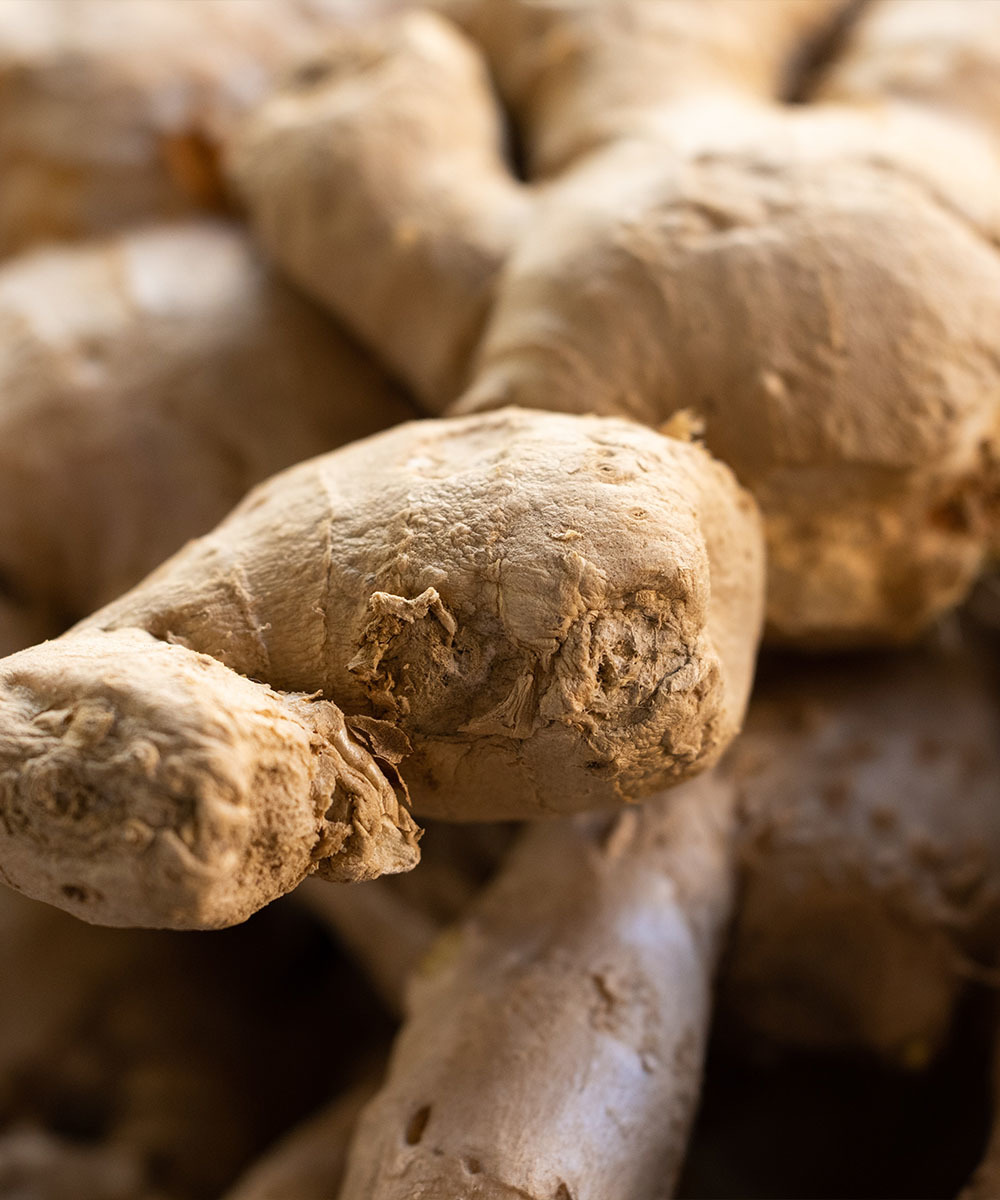
Getting to grips with ginger as a gardener is not necessarily straightforward, and it’s better to get it started in a pot that you can monitor and nurture indoors, before transferring it to your garden once it has become well established a month or two after planting.
Now is a great time to start your own Asian herb growing adventures, and become less reliant on the spices in your cupboards.




